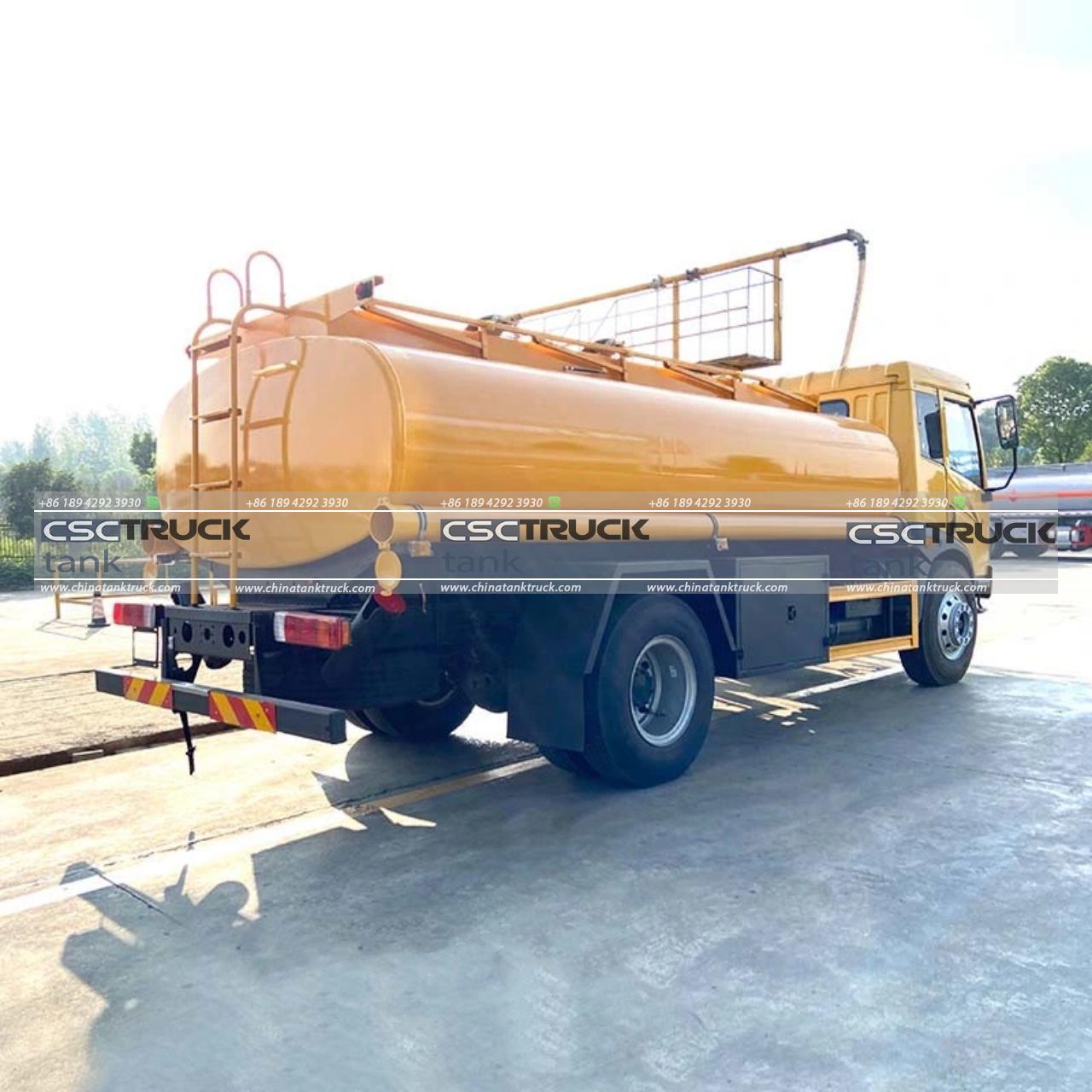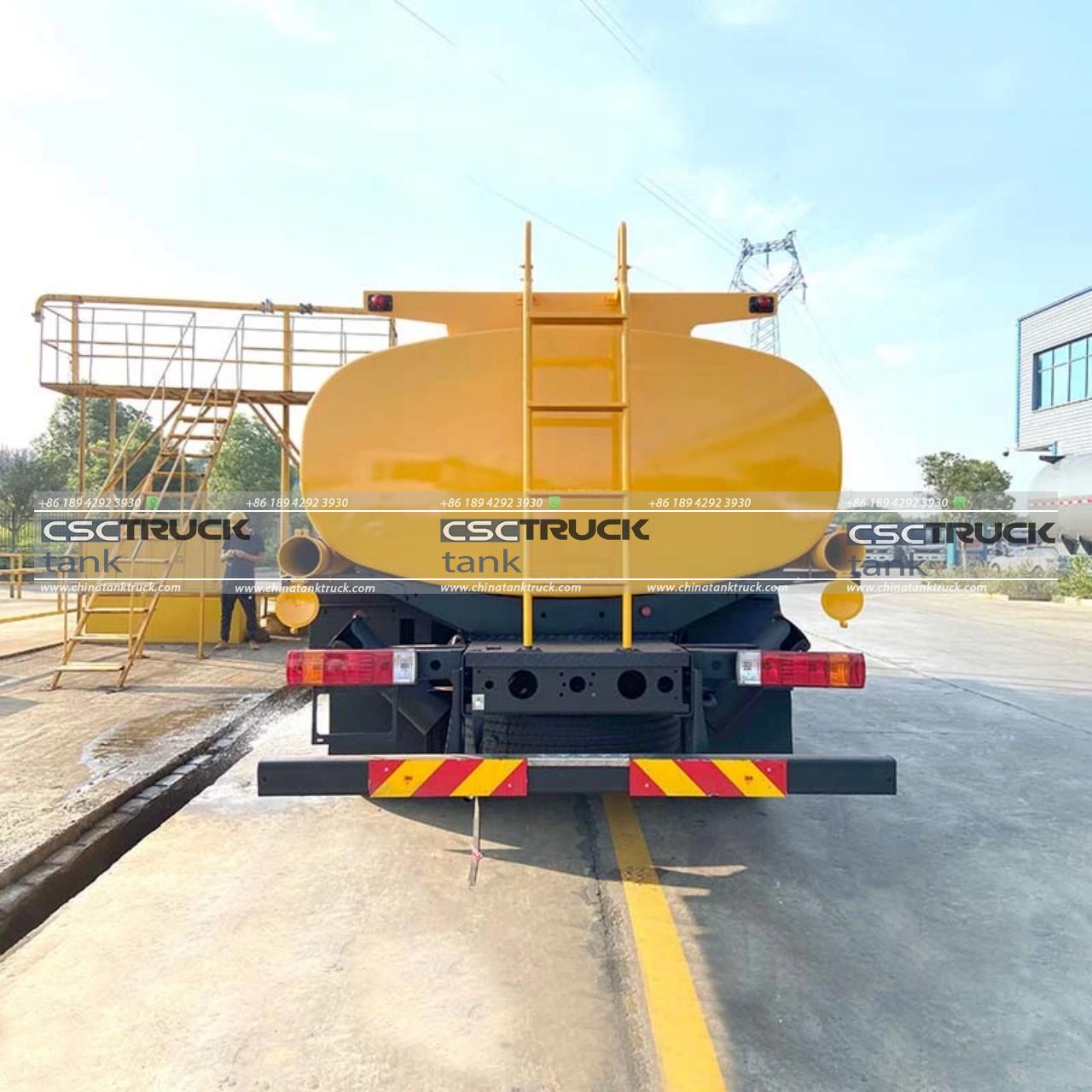How Big is a Fuel Truck?
Fuel trucks are an essential component of modern infrastructure, which is critical in transporting fuel to various destinations including gas stations, industrial facilities, and emergency response locations. Despite their common presence on highways and in industrial areas, many people may not fully appreciate the scale of these vehicles. In this article, we will explore the dimensions, capacities, and variations of fuel trucks, providing a comprehensive understanding of their size and significance.
Understanding Fuel Trucks
Fuel trucks, also known as fuel tankers or tank trucks, are specialized vehicles designed to transport liquid fuel. These trucks are equipped with a cylindrical tank that carries gasoline, diesel, or aviation fuel. The tank is mounted on a truck chassis, and the entire assembly is engineered to safely handle and transport flammable liquids.

Typical Dimensions and Capacities
Fuel trucks come in various sizes, each tailored for specific purposes. The dimensions of a fuel truck can be categorized based on its tank capacity and overall length. Here’s a breakdown of typical sizes:
1. Small Fuel Trucks
– Capacity: Small fuel trucks generally have a capacity ranging from 1,000 to 3,000 gallons (approximately 3,800 to 11,400 liters).
– Dimensions: These trucks are often built on lighter-duty chassis and have an overall length of about 20 to 30 feet (6 to 9 meters). They are designed for local deliveries and can navigate smaller roads and tight spaces.
– Usage: Small fuel trucks are frequently used for delivering fuel to small gas stations, agricultural operations, or remote locations.
2. Medium-Sized Fuel Trucks
– Capacity: Medium-sized fuel trucks typically hold between 3,000 to 6,000 gallons (about 11,400 to 22,700 liters) of fuel.
– Dimensions: These trucks have an overall length of approximately 30 to 40 feet (9 to 12 meters) and are built on medium-duty chassis. They are designed for a balance between capacity and maneuverability.
– Usage: Medium-sized trucks are commonly used for regional deliveries, servicing larger gas stations, and refueling construction equipment or fleets of vehicles.
3. Large Fuel Trucks
– Capacity: Large fuel trucks can carry between 6,000 to 11,000 gallons (approximately 22,700 to 41,600 liters) of fuel.
– Dimensions: These trucks are typically 40 to 60 feet (12 to 18 meters) in length and are mounted on heavy-duty chassis. They are designed for long-distance travel and high-capacity fuel distribution.
– Usage: Large fuel trucks are used for major gas station chains, large industrial operations, and bulk fuel deliveries. They are often seen on highways and major roads.
4. Tanker Trailers
– Capacity: Tanker trailers, which are attached to tractor units, can have capacities exceeding 11,000 gallons (41,600 liters). Some even reach up to 13,000 gallons (49,200 liters).
– Dimensions: When combined with the tractor unit, the overall length of a tanker trailer can exceed 60 feet (18 meters). The combined weight and length require specialized handling and regulations.
– Usage: These trailers are used for bulk transport over long distances and are essential for supplying large quantities of fuel to distribution centers and major facilities.

Design and Safety Features
The size of a fuel truck is not just a matter of dimensions but also of design and safety features. The design of a fuel truck must adhere to strict regulations to ensure the safe transport of flammable materials. Key safety features include:
– Material and Construction: The tank is typically made from high-strength steel or aluminum, designed to withstand pressure and prevent leaks. Many fuel tanks are also equipped with baffles inside to minimize sloshing and maintain stability.
– Pumping Systems: Fuel trucks are equipped with sophisticated pumping systems to transfer fuel efficiently and safely. These systems include meters to measure the amount of fuel delivered and safety valves to prevent spills.
– Emergency Systems: Fuel trucks are fitted with emergency shut-off valves, fire suppression systems, and other safety equipment to address potential accidents or spills.
Regulations and Standards
Fuel trucks are subject to rigorous regulations and standards to ensure their safety and operational efficiency. These regulations vary by country but generally include:
– Licensing and Certification: Drivers must hold specific licenses, such as a Hazardous Materials (HazMat) endorsement in the U.S., and the truck itself must be certified for transporting flammable liquids.
– Inspection and Maintenance: Regular inspections are required to ensure that the truck meets safety standards and is in proper working condition.
– Environmental Regulations: Compliance with environmental regulations is crucial to prevent spills and leaks that could harm the environment.

Conclusion
Fuel trucks are critical to the efficient functioning of modern transportation and industry. Their sizes vary widely, from small, local delivery trucks to large, long-haul tankers. Each size and type of fuel truck is designed to meet specific needs, balancing capacity, maneuverability, and safety. Understanding the dimensions and capacities of fuel trucks not only provides insight into their operational roles but also highlights the engineering and regulatory considerations involved in their design and use. As the backbone of fuel distribution networks, these trucks ensure that energy reaches its destination safely and efficiently, supporting the infrastructure that powers our daily lives.

